In the exciting world of outdoor living, two distinctive options have captured the imagination of campers and nomads alike: the bell tent and the yurt. As you plan your next escape into the great outdoors, understanding the unique features of these accommodations is important. Let's unravel the mysteries and explore the differences between bell tents and yurts, helping you make a decision for your next camping trip.
Bell tents, with their elegant, tapering shape and single central pole, evoke a sense of timeless charm. These tents have a strong historical lineage, dating back to early European militaries and the Crimean War. Their distinctive bell-like silhouette, created using durable materials and supported by sturdy guy ropes, has made them popular among glamping enthusiasts and couples seeking a cosy camping experience.
Key Bell Tent Features:
Ease of Setup: Setting up a bell tent is a super easy process, thanks to its simple structure. With a central pole and a few guy ropes, you can quickly transform your camping spot into a comfortable retreat.
Simplicity in Design: Bell tents feature a straightforward design with one central pole, creating a spacious and inviting interior. Their round floor plan promotes a sense of togetherness, making them ideal for intimate gatherings and romantic getaways.
Versatile Sizes: Bell tents are available in a large range of sizes, catering to a variety of group sizes. From cosy two-person tents to larger models accommodating families or friend groups, there's a bell tent for every camping need.
Yurts: Where Tradition Meets Resilience
In contrast to the simplicity of bell tents, yurts boast a rich cultural heritage linked to the nomadic traditions of Central Asia. Also known as Ger tents or Mongolian tents, yurts are renowned for their sturdy construction and spacious interiors. These shelters were originally built over 3,000 years ago and have been the homes of choice for nomadic communities travelling the vast steppes and deserts of Central Asia.
Key Features of Yurts:
Structural Resilience: Yurts are composed of circular wooden frames, lattice walls, and a fortified compression ring at the top. This robust structure provides fantastic stability, making yurts resilient against extreme weather conditions, including strong winds and even heavy snowfall.
Generous Space: Yurts can provide generous living spaces, which makes them suitable for larger families and groups. Their high ceilings and open layouts create a spacious atmosphere, promoting a sense of freedom and comfort.
Cultural Significance: Yurts bear profound cultural importance, embodying the nomadic heritage of Central Asia. Still utilised across different nations, they stand as guardians of age-old customs and exceptional craftsmanship, keeping alive the traditions of centuries past.
Choosing the Right Accomodation for Your Adventure
When it comes to selecting between a bell tent and a yurt, your choice should align with your camping preferences and the group size. Bell tents are excellent for providing a cosy environment and simplicity, making them perfect for romantic retreats or small gatherings. Alternatively, yurts offer a mixture of tradition, resilience, and plenty of space, catering to larger families and groups seeking a unique and immersive camping experience.
Venturing into the great outdoors equipped with insights about these two distinct shelters ensures your camping expedition will be personalised and unforgettable. Whether you prefer the graceful lines of a bell tent or the rich historical ambiance of a yurt, your decision will produce a remarkable adventure under the open skies. We hope you have a happy camping experience and create countless cherished moments!


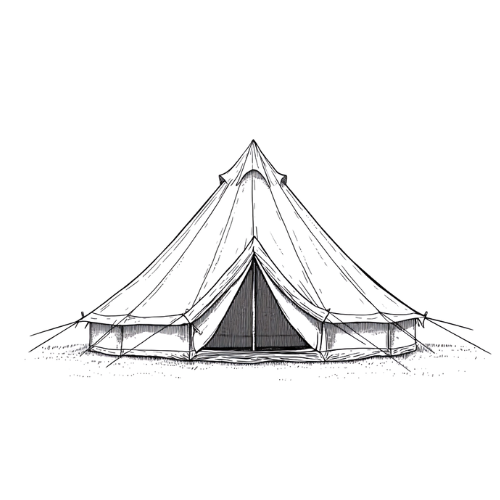 Canvas Bell Tents
Canvas Bell Tents Bell Tent Accessories
Bell Tent Accessories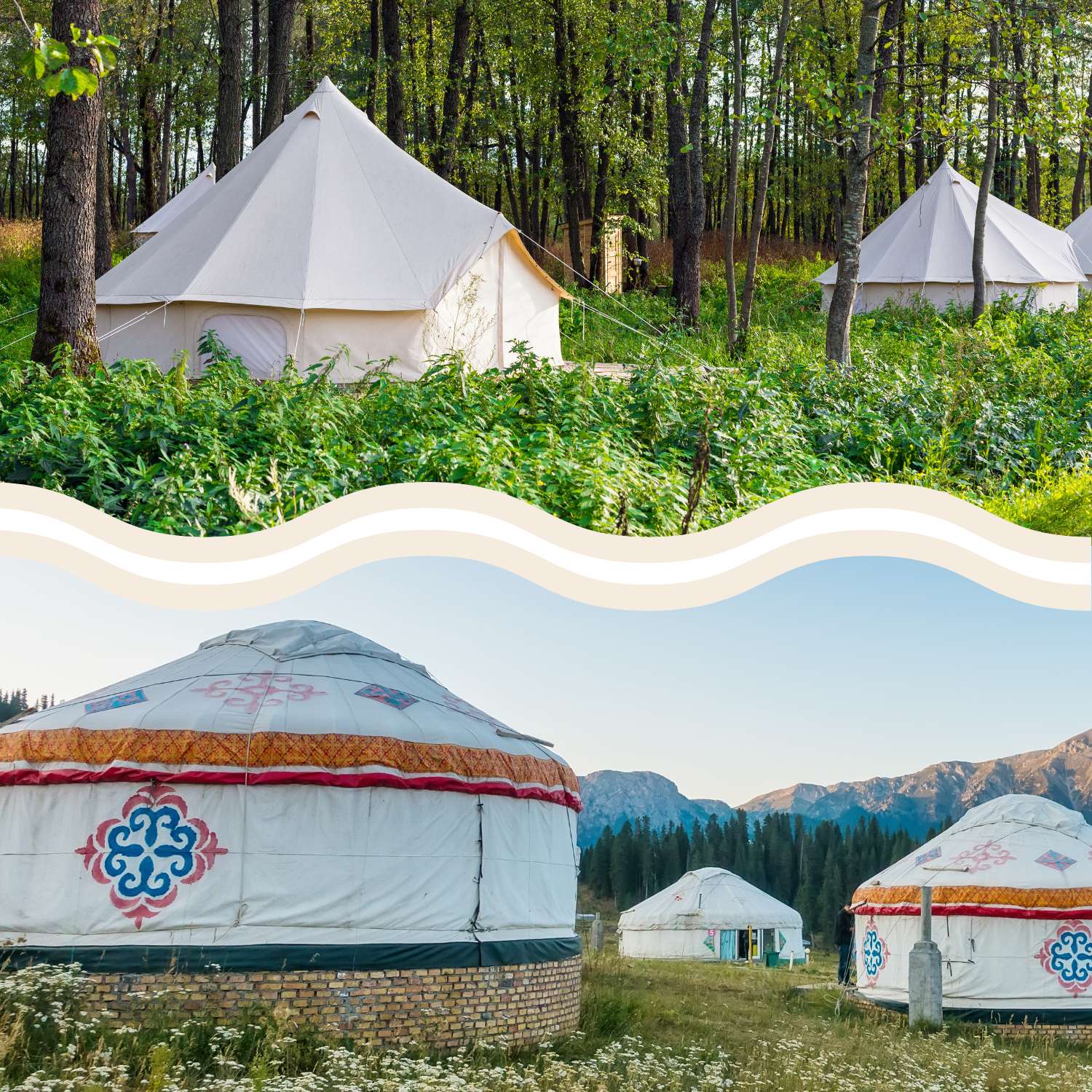
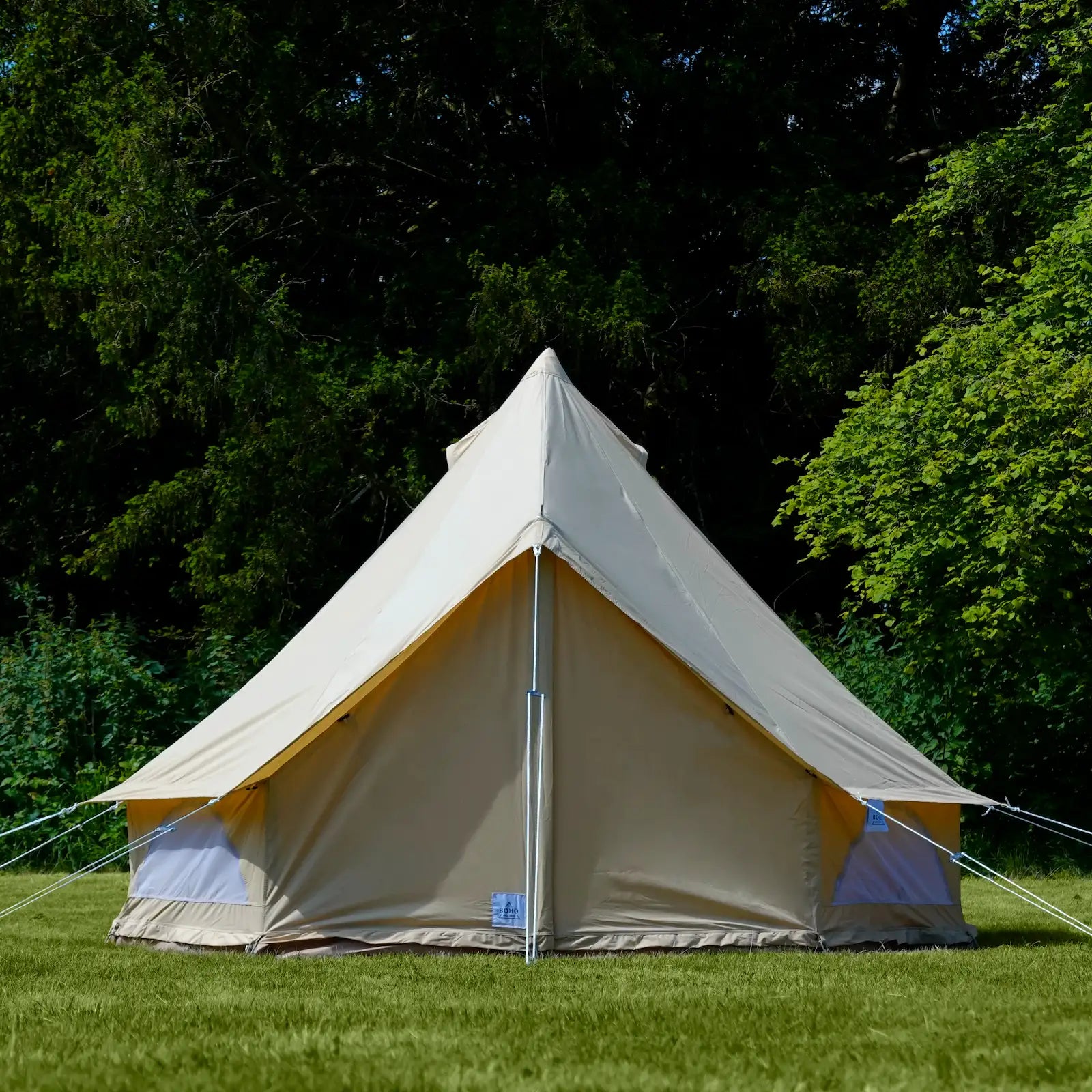

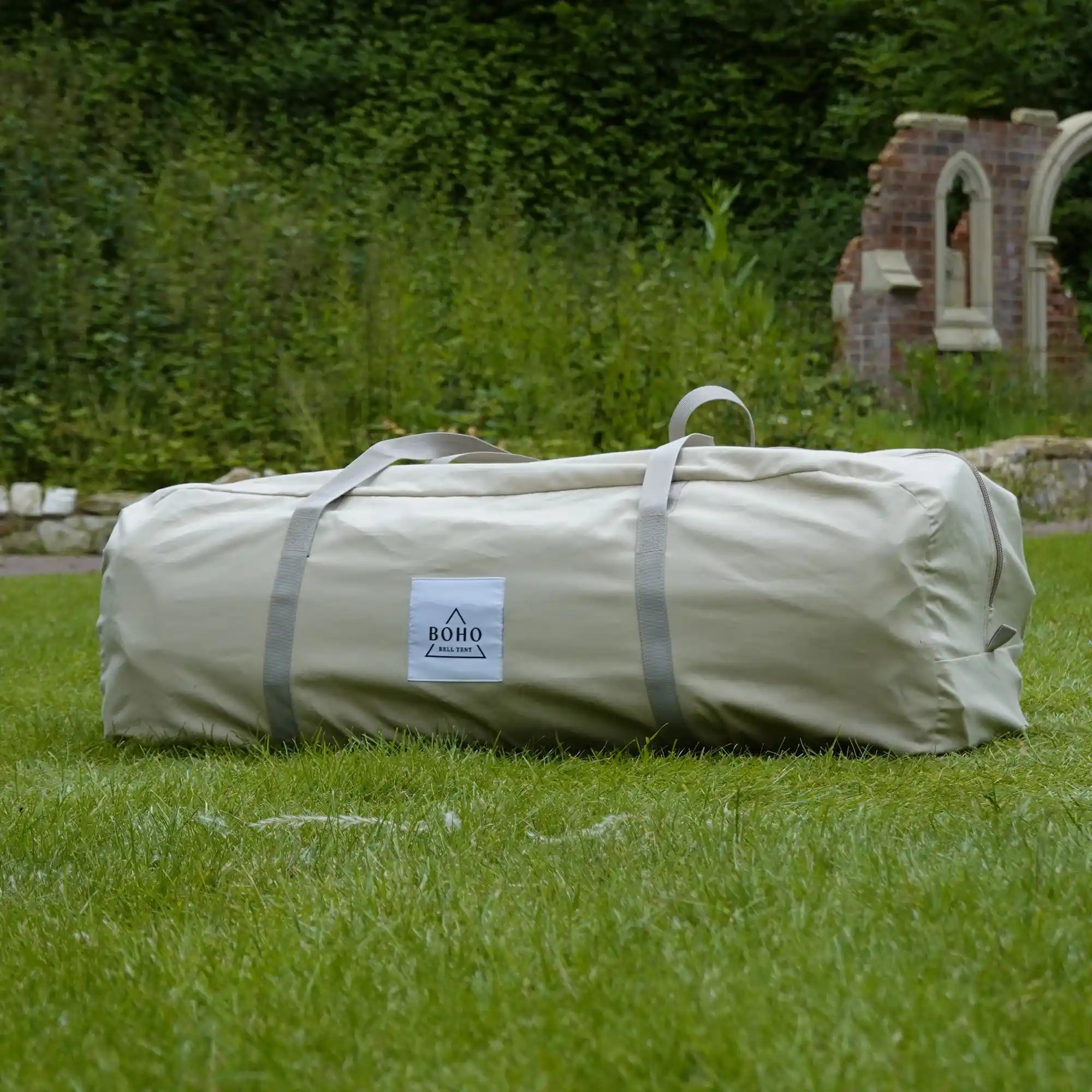
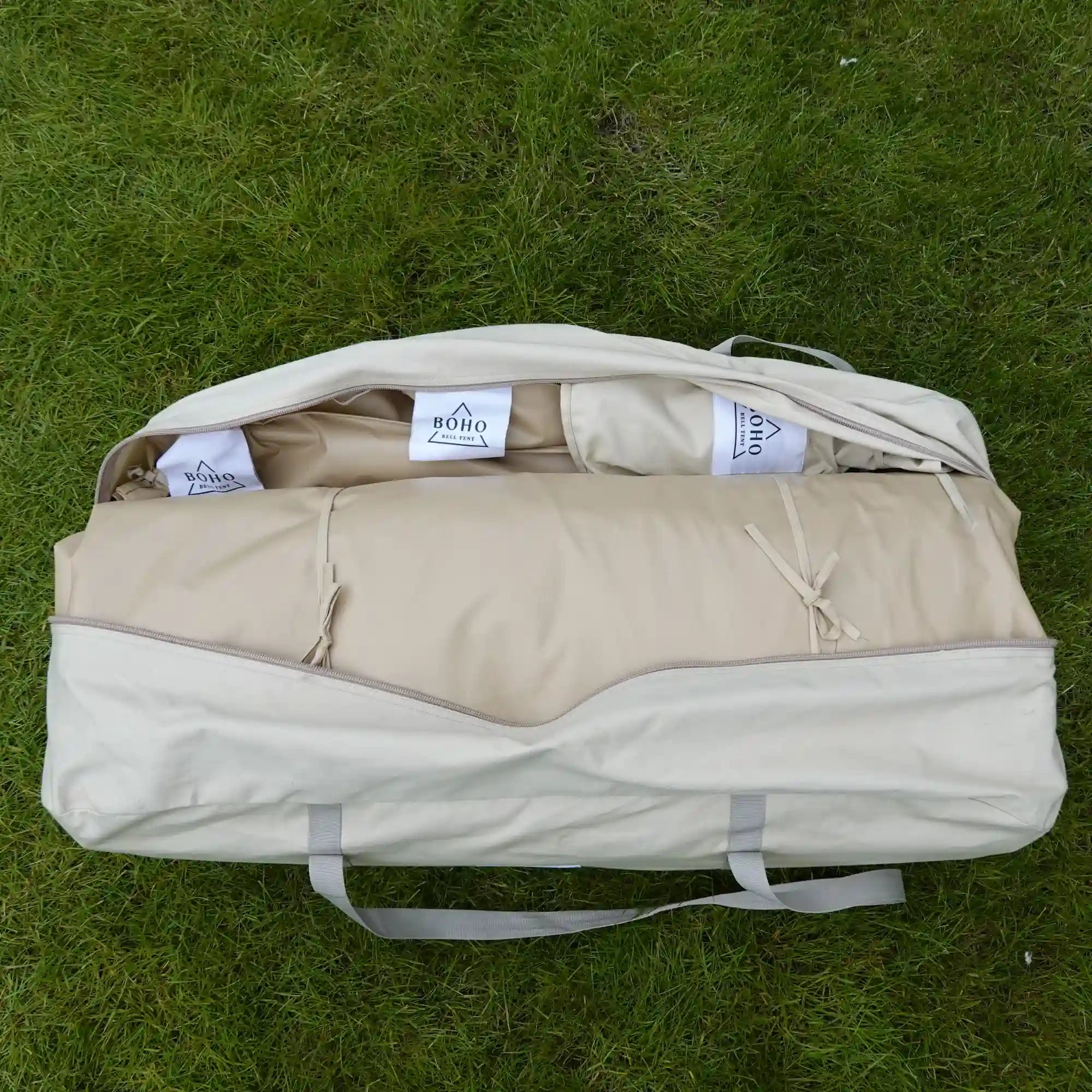
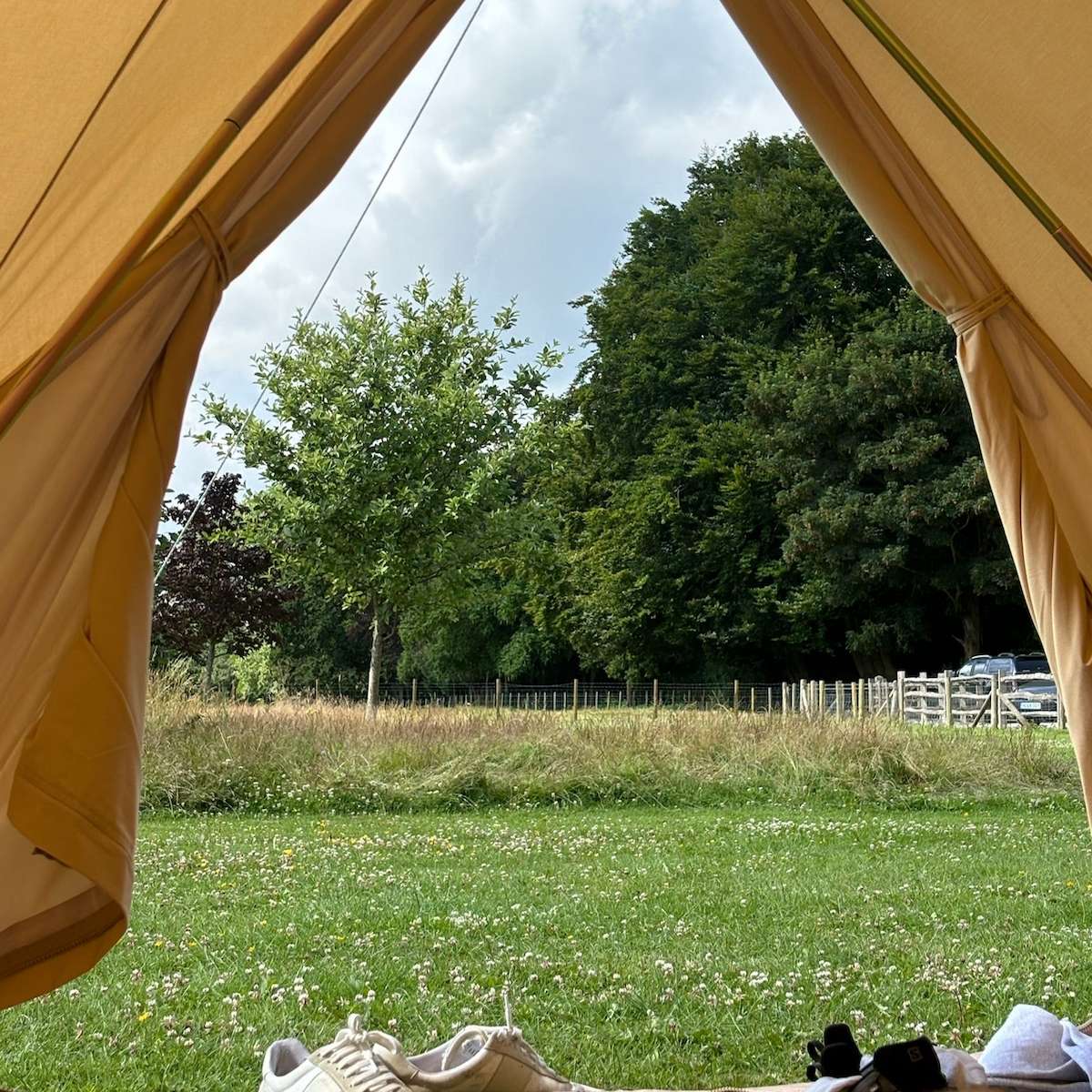
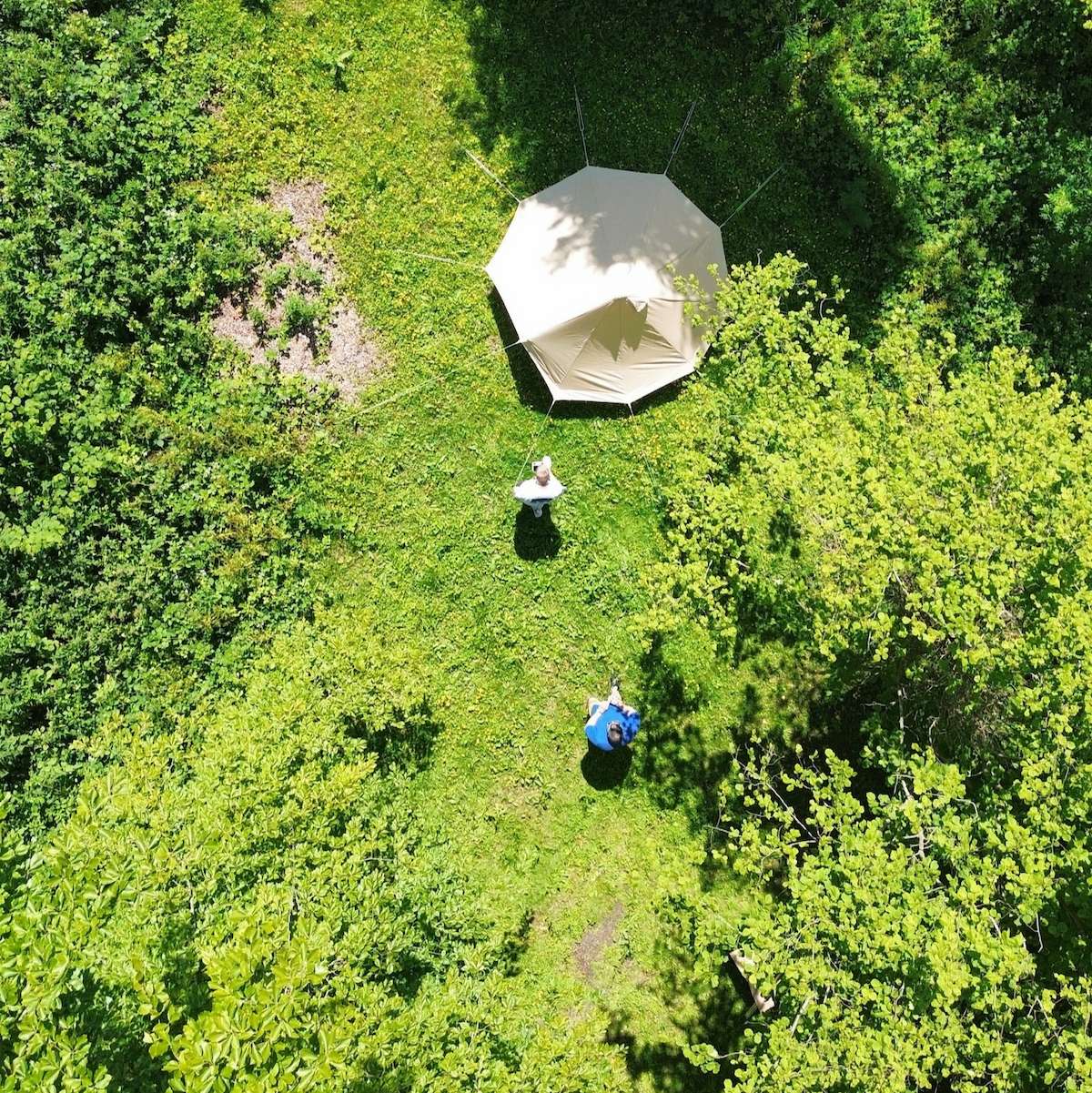


At Boho Bell Tent, we’ve helped hundreds of customers find the perfect setup for festivals, weddings, and off-grid escapes. So if you need any help at all, be sure to reach out!
Share:
Are Bell Tents OK in the Rain?
What is the Luxury Way of Camping